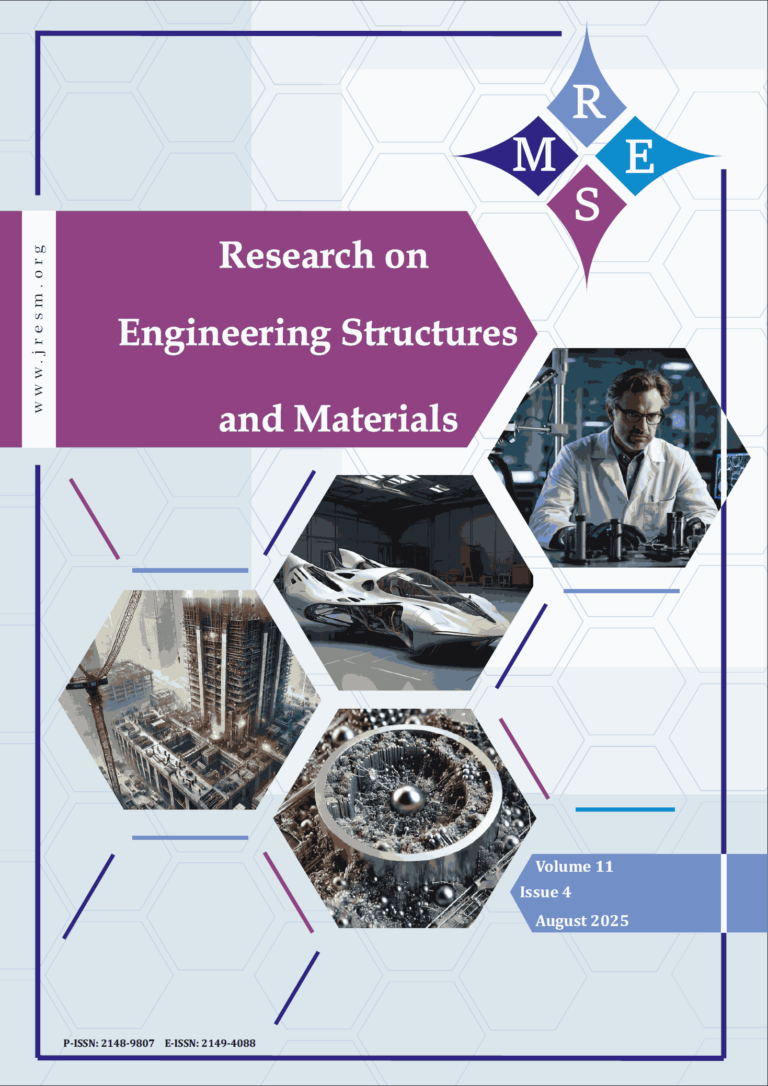The combination of high-strength steel (HSS) girder and engineered cementitious composites (ECC) slab in composite beam exhibits excellent structural performance with enhanced strength and superior ductility. However, the effects of different parameters on the structural performance of this type of composite beam have yet to be thoroughly investigated. This study presents a numerical parametric study on the flexural performance of composite beams made of HSS girder and ECC slab. A validated numerical model developed by the authors using finite element ABAQUS software was adopted for the parametric investigation. The material nonlinearities and real contact between components were incorporated into the model. The effects of crucial parameters on the flexural performance of this composite beam type were examined based on the modelling results of total 136 HSS-ECC composite beam models. These key parameters consist of the mechanical properties of HSS and ECC materials, cross-section parameters, construction details, shear connection degree, and slab type. The bending performance of the composite beams was represented by initial bending stiffness, rotation, and normalized bending moment capacity. The results of parametric investigations revealed that the initial bending stiffness, rotation capacity, and normalized bending moment capacity of the modelled composite beams were sensitive to the mechanical properties of constitutive materials, cross-section dimensions, and construction details. It was also found that the slab type had a marginal effect on the flexural performance of HSS-ECC beams, while shear stud spacing significantly affected all the investigated indicators.
